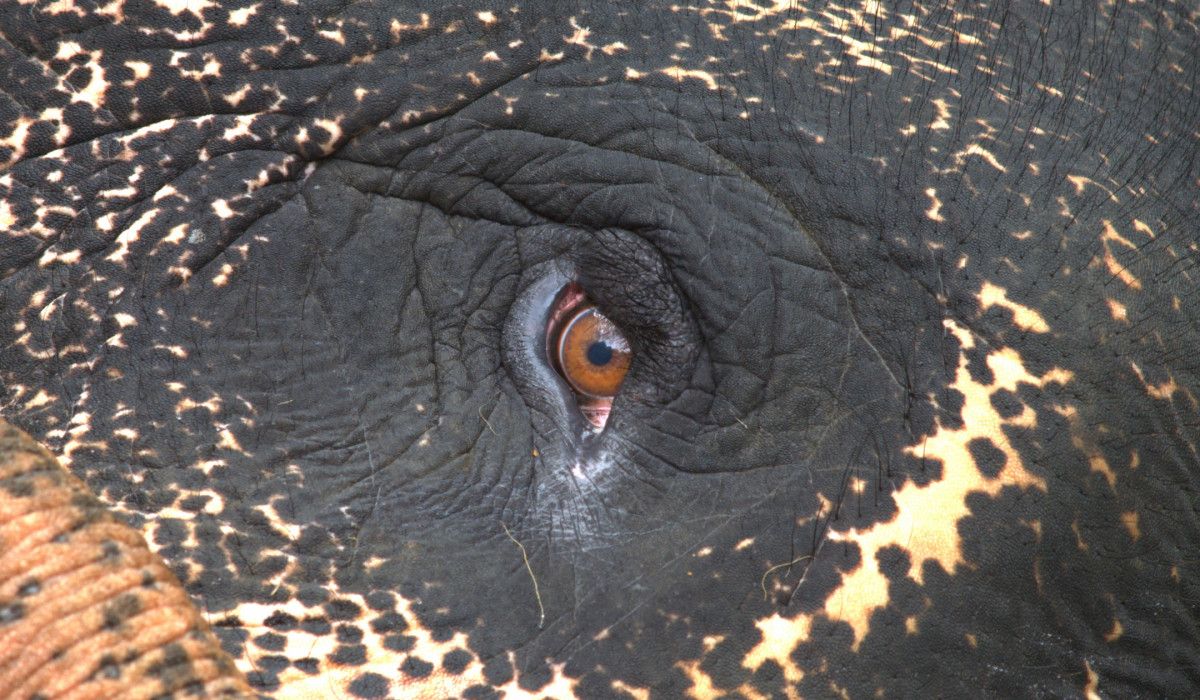
FORM. (In)formal experiments
Outside of our familiar movies, there are whole layers of the art of moving pictures. This includes video art, which is shown in museum spaces, and non-narrative cinema, which generally abandons the plot, as well as the so-called "cameraless" films (the director interacts directly with the film, with the storage medium). In short, there are many different works that do not fit into the traditional format of the film festival, but are very interesting because they significantly expand the boundaries of what is possible.
However, it is difficult for experimental cinema to get out of ghetto of museum exhibitions and narrow bohemian circles. The experimental film festival solved this problem. Indeed, after World War II, when the modern festival structure more or less formed into a single monolith thanks to the Cannes Film Festival in free France, avant-garde artists from the world of cinema went to Knokke-Heist, Belgium. The experimental film festival took place in this town from 1949 to 1975. Thanks to Knokke-Heist the audience discovered Stan Brekidzh, a "cameraless" director.
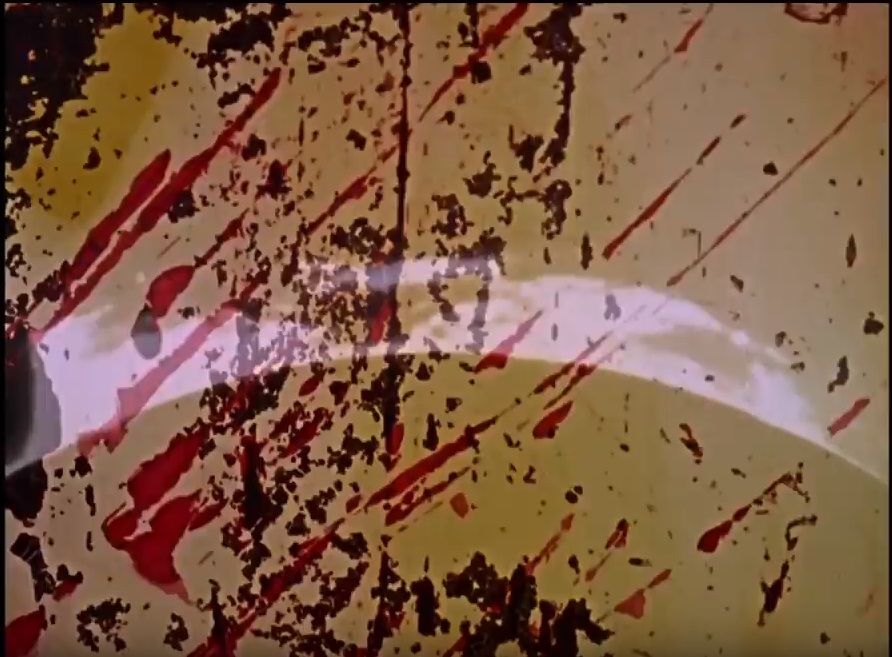
However, it will be another quarter of a century before major festivals turn their attention to experimental cinema. Meanwhile, the wide term "experimental cinema" includes documentation of Marina Abramovich's performances, works by Yoko Ono, and works of Jonas Mekas.
In 2000, the Toronto International Film Festival launched the "Wavelengths" program, named after one of Michael Snow's most important experimental films. In 15 years, this program began to gather full houses and, in fact, reopened experimental cinema for the festival audience. Since 2020, there has been a program called "Encounters" at the Berlin Film Festival, but "Molodist" is a little ahead of its time. 4MA - a program of strange, non-standard films was released for the first time two years earlier - in 2018.
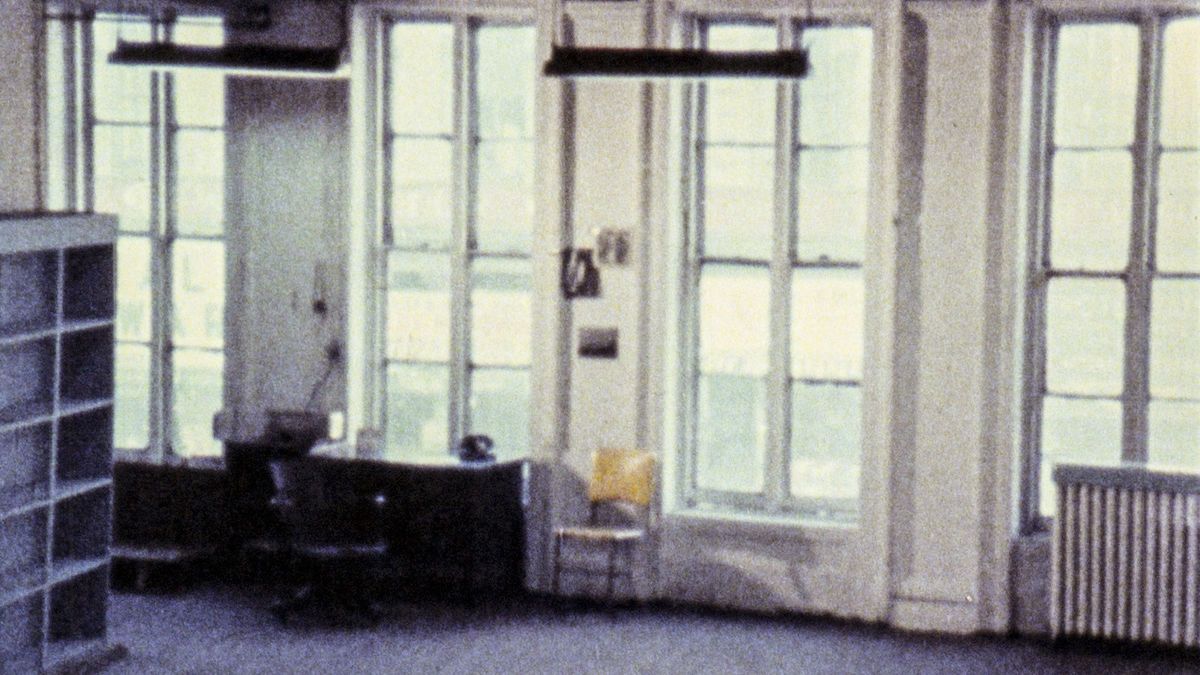
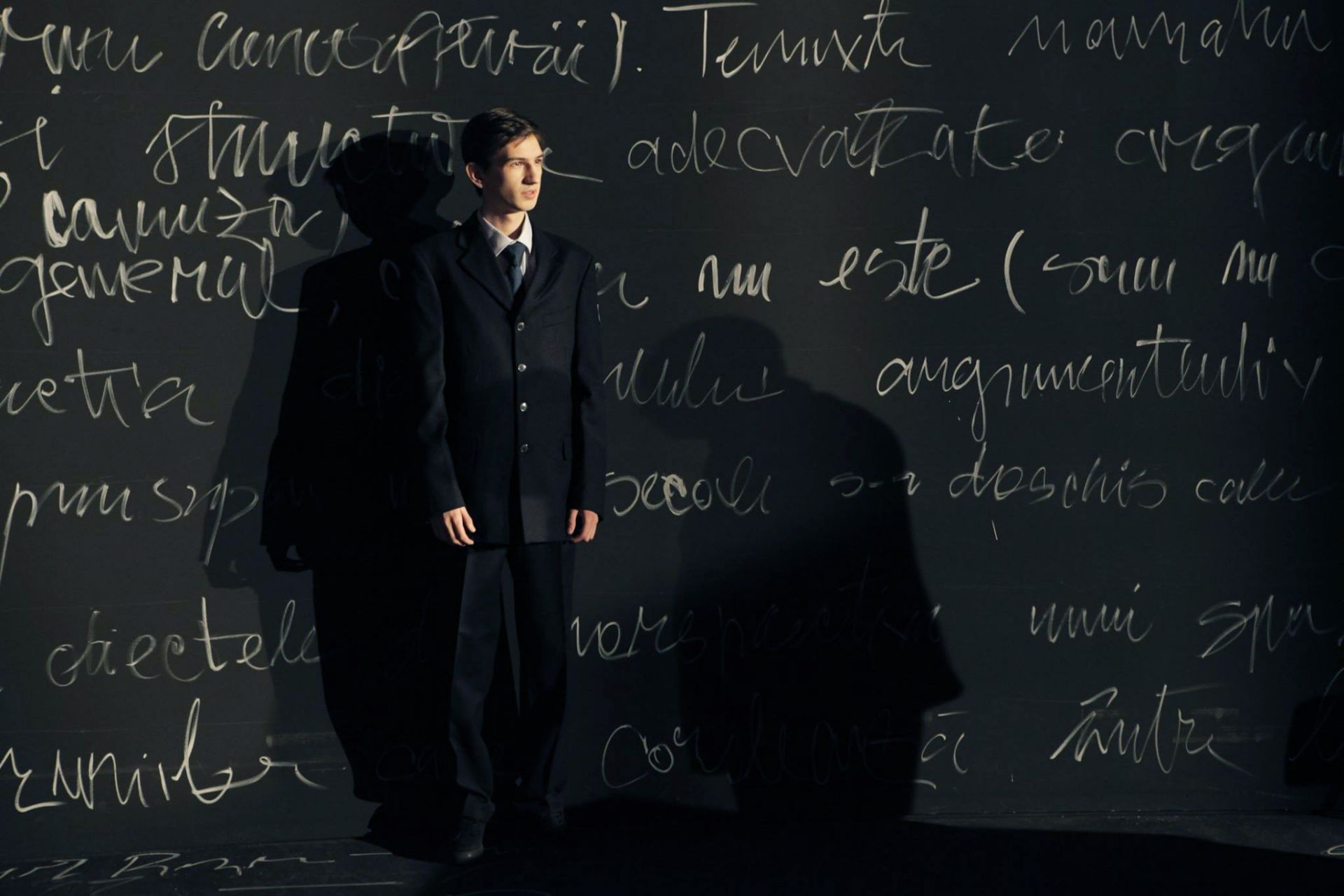
Of course, Radu Jude, one of the most famous representatives of the so-called "Romanian new wave", stands out because of his experience and international prestige among other directors. His latest film, "Capital Letters", draws on the language of documentary theater to tell the story of the last decade of Ceausescu's reign. Mugur Calinescu, a Romanian teenager who wrote in chalk on the walls to protest against the dictatorial regime here, through the dry language of official documents and neighbors' testimonies, is revealed not as a symbol of the struggle against the System, but as a specific story that influenced an entire national generation.
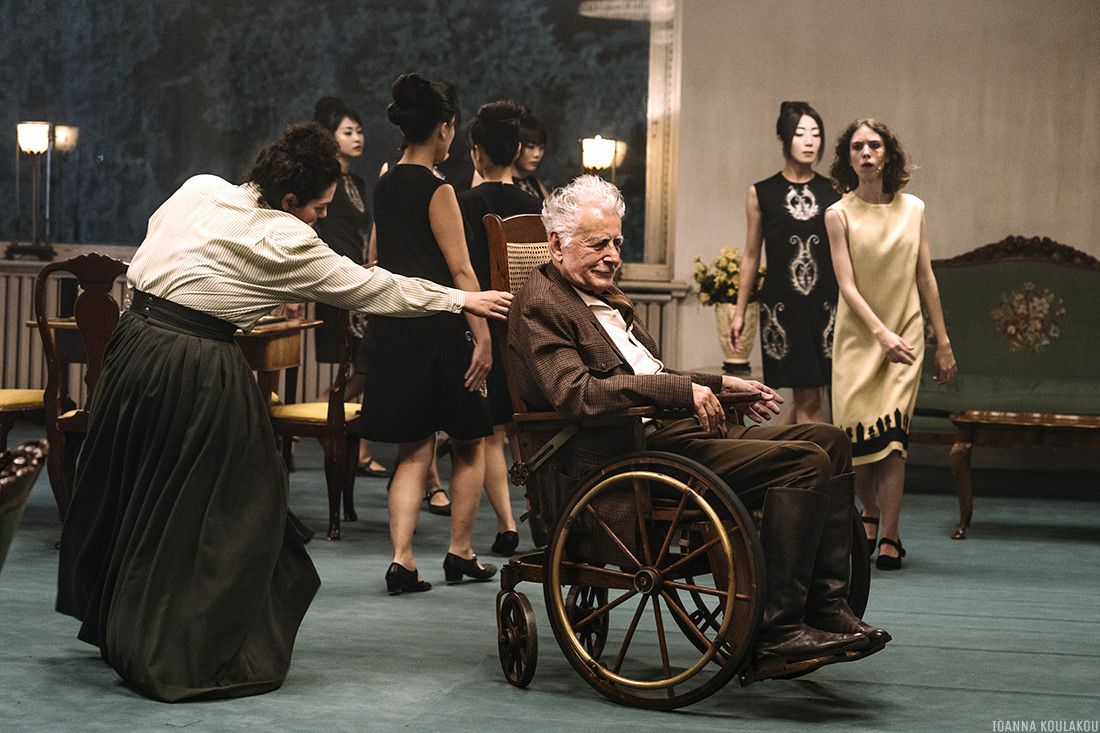
Somehow, experimental cinematic language fits well with the Big Questions, global issues and broad artistic gestures. Costas Atousakis' "Persephone", as the name suggests, is based on antiquity, but plays out this myth in a space that is obviously modern. Moreover, for this story Atousakis chose a very unusual genre for cinema - operetta, not even a traditional Broadway musical. Several action plans in one frame and clearly choreographed movements of the performers are what distinguishes "Persephone" from other films of the program.
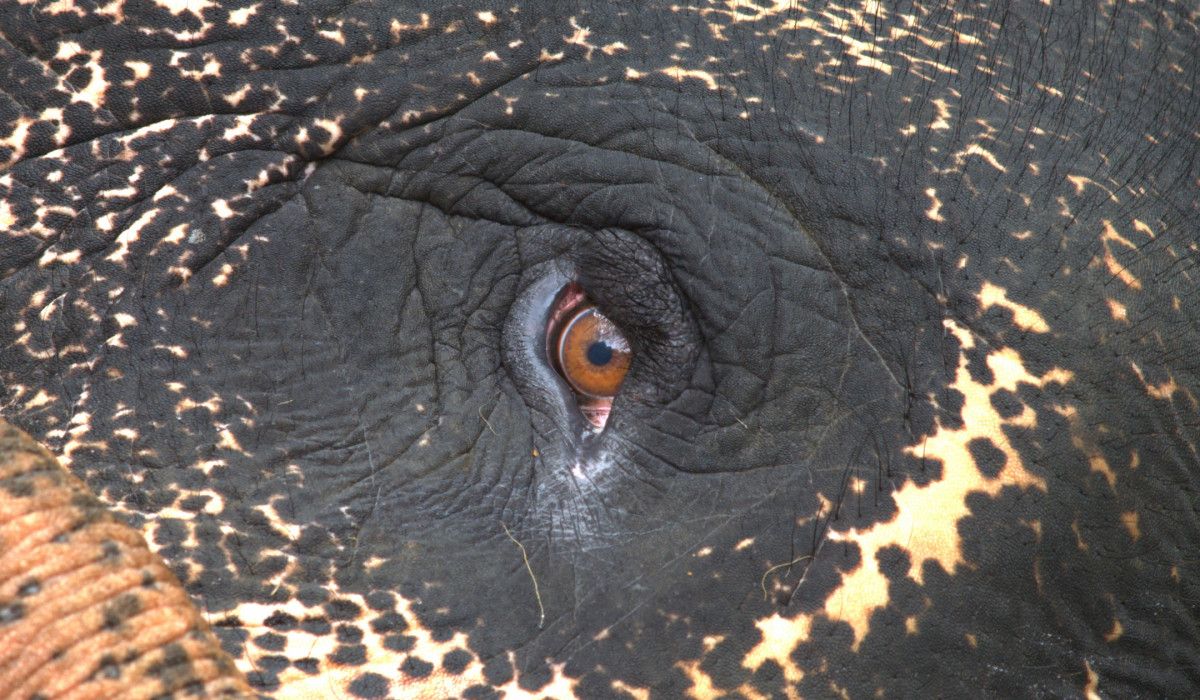
Another Big Question is the relationship between man and nature. Carlos Casas in his film "Cemetery" shows a slow monumentality, which is inherent in the protagonist of the film - an elephant. Thus, the mystical experience of contact with the something natural, which is reproduced through sound and a combination of several genre constructs, is transmitted through a character whom we sometimes do not even perceive alive.
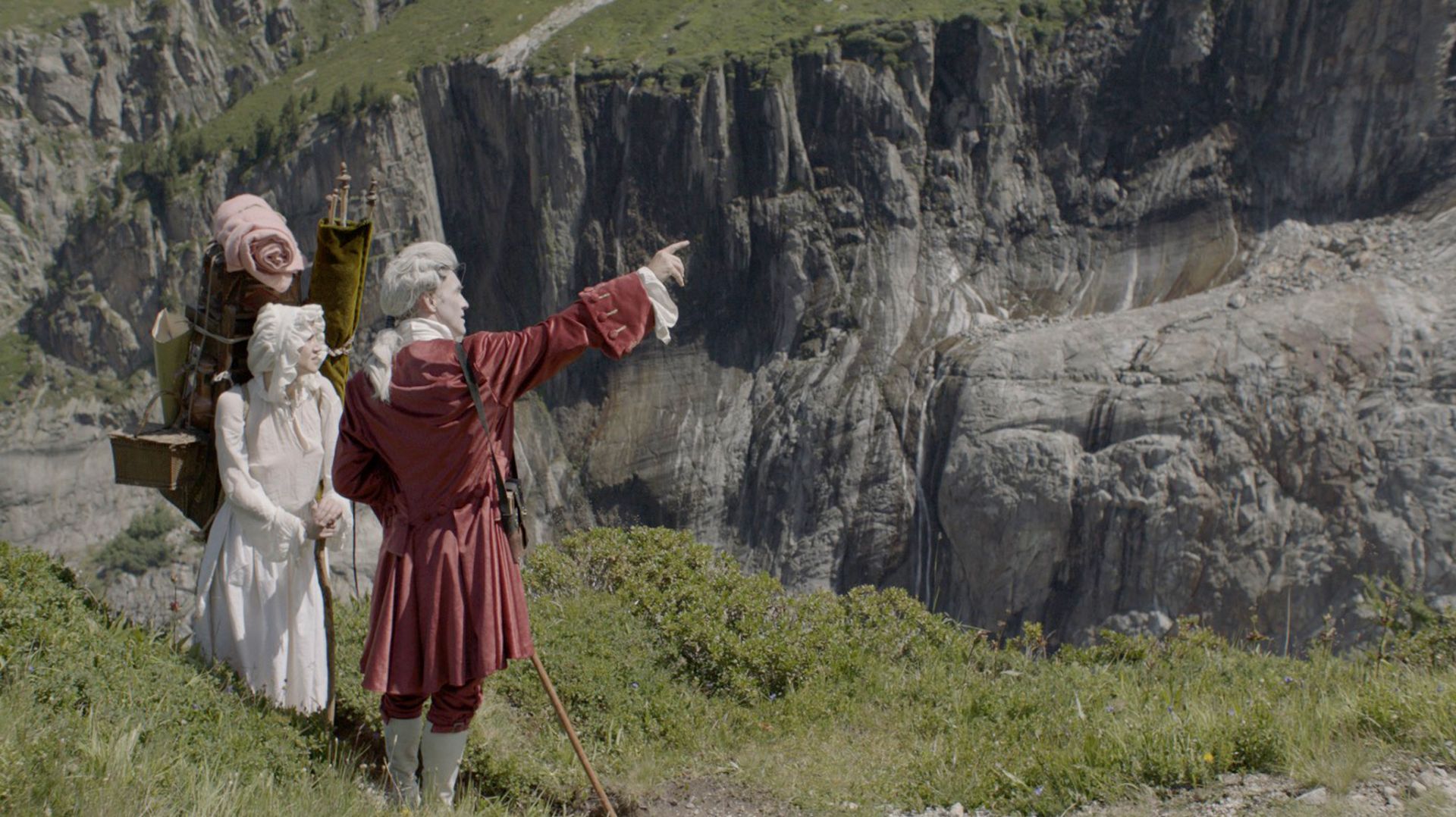
Talking about nature, Illum Jacobi even mentions it in the title of his painting. "The trouble with nature" tells about the journey of the 18th century rationalist philosopher Edmund Burke to the Alps. Burke is known primarily for introducing the concept of "sublime" into the terminological field of aesthetics, and, accordingly, Jacobi transfers it to a place where this sublime can be found face to face. There is a conflict, also global of course, between the Enlightenment and Romanticism. And the latter, judging by the shots that remind of the works of Caspar David Friedrich, wins.
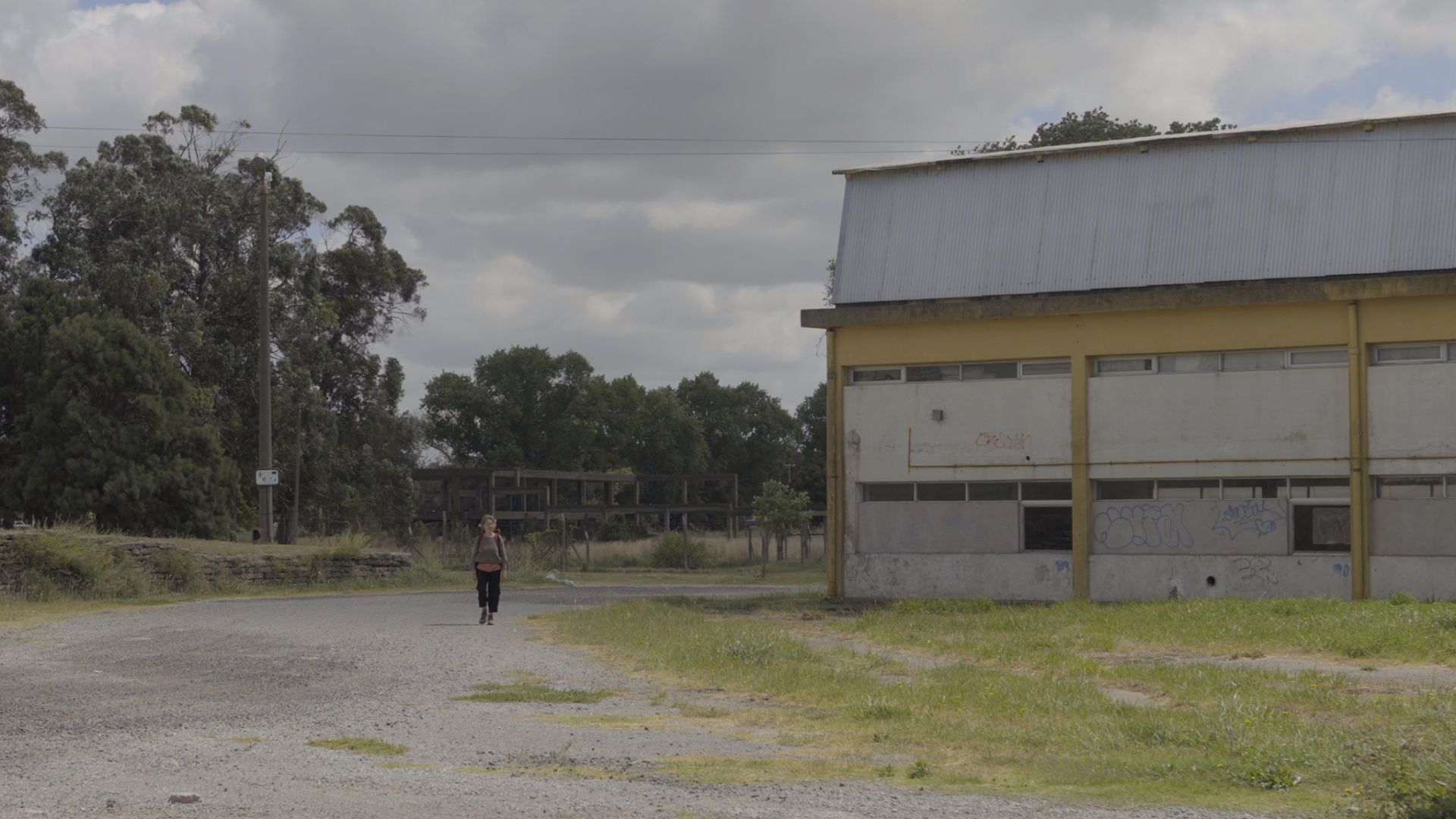
Juan Monaco Kanyi's «Offering» generally works with space-time. His slow-motion footage and story, which brings two women together in several moments of life, construct a film that raises questions of an existential nature. In addition, this is Kanya's first film, in which the maturity of the director's style can already be felt.
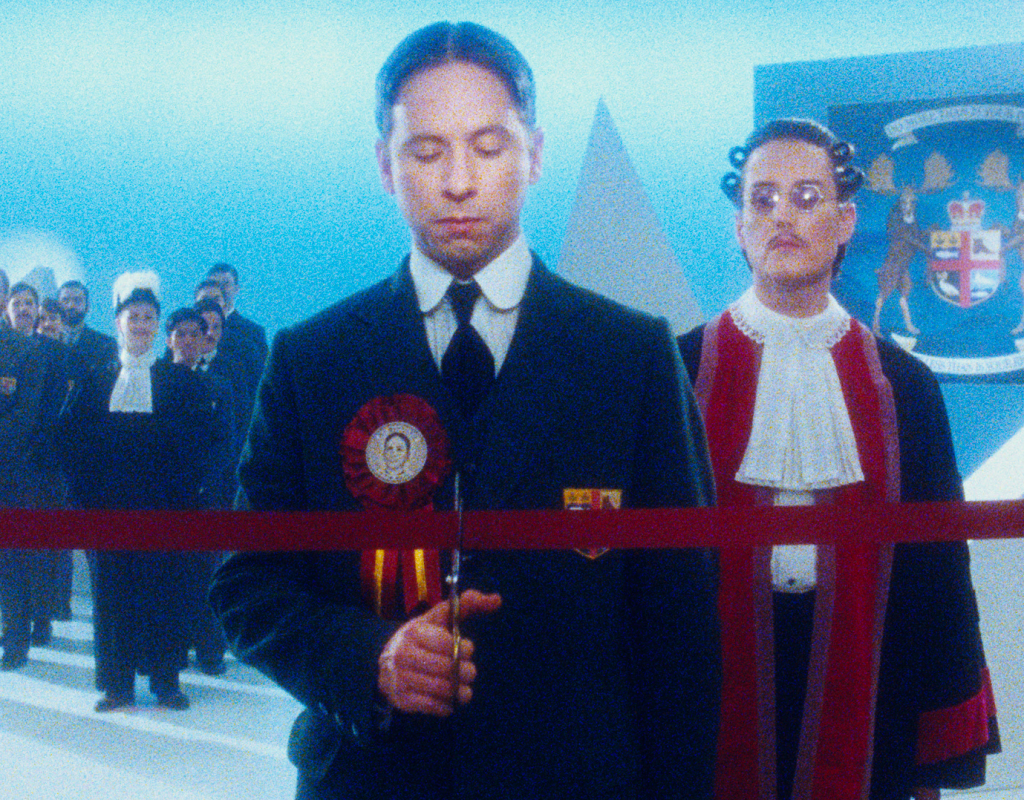
Narrow down a bit the questions that the films ask. In the title of his film, Matthew Rankin, in fact, included everything that inspired him to create his own cinematic language and the scope of his film. "The Twentieth Century" is, firstly, a highly theatrical story by Canadian Prime Minister William Mackenzie King, and secondly, a visual cocktail of German Expressionism, classic Hollywood, Monty Python, traditional theater, and Guy Maddin, another well-known Canadian director, who likes to mix different eras in his films.
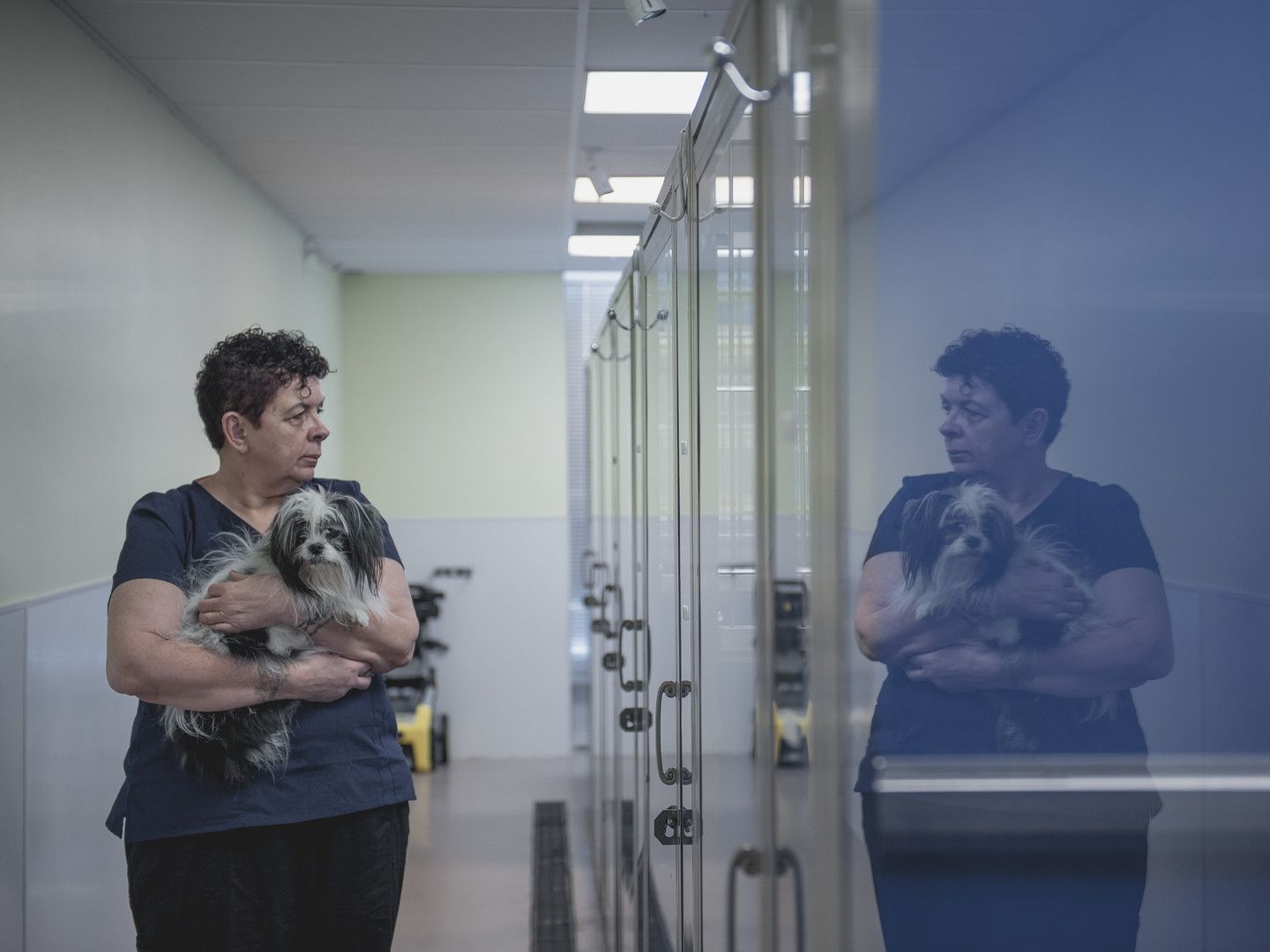
Let's narrow down further, to the story of one person. Geezer Young's "Noise" deliberately concentrates on Donna, a woman who tries to fill an inner void by bringing animals home, and cuts her off from other human figures in the frame. Geezer's approach reminds of John Cassavetes: she invites non-professional actors not to utter memorized cues, but to exist in the frame and, in fact, to play themselves.
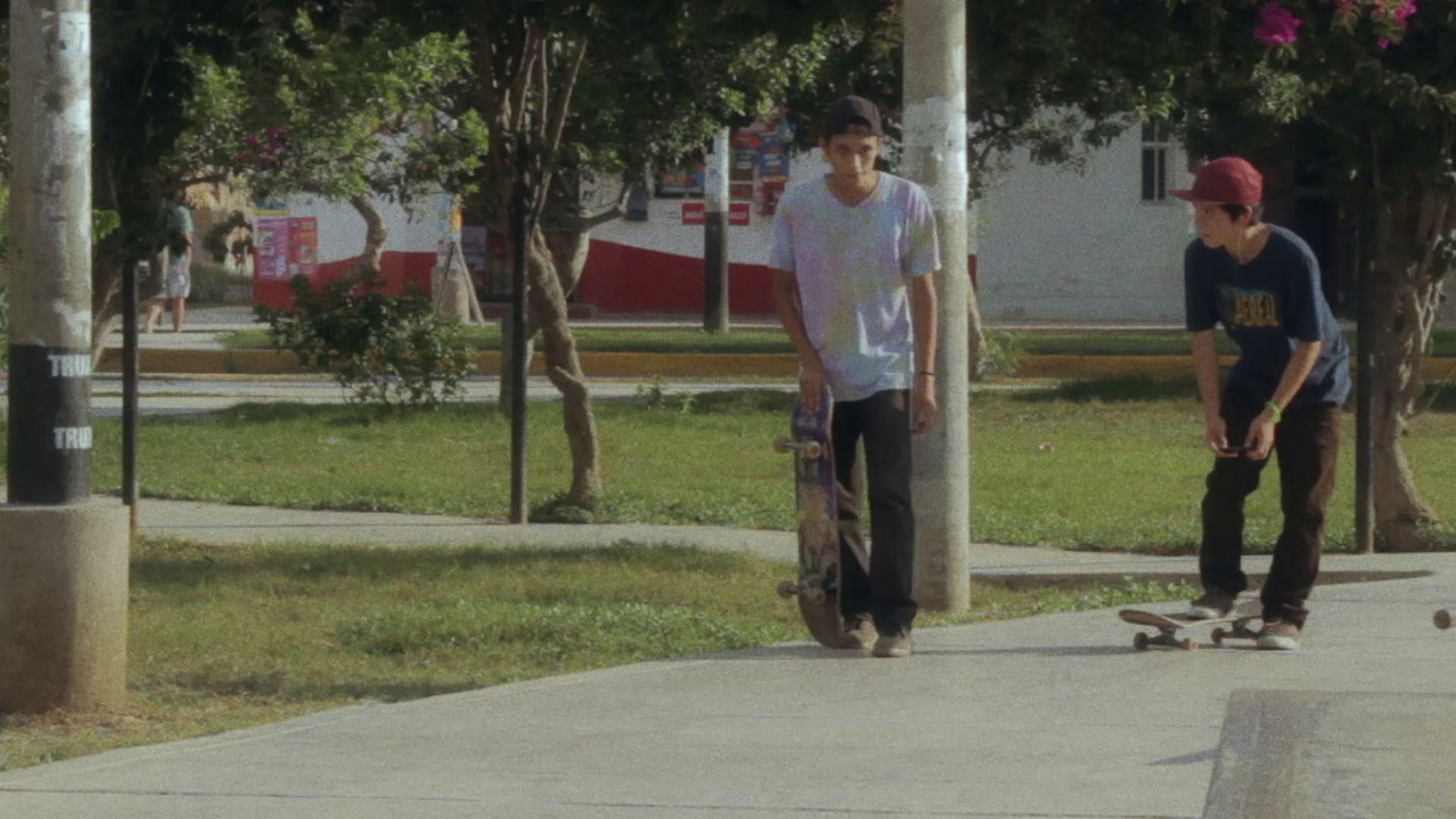
Finally, we narrow down definitively, to one metaphorical moment. "In the Middle of the Maze" by Salomon Perez is a film about a group of friends in a Peruvian town who like to skate and watch the city's television and telephone antennas. The 16mm film, the general mood of relaxation and non-conflict reminds of Richard Linklater's early films. However, Perez, being a Latin American, introduces a bit of magical realism into the material of his film.

